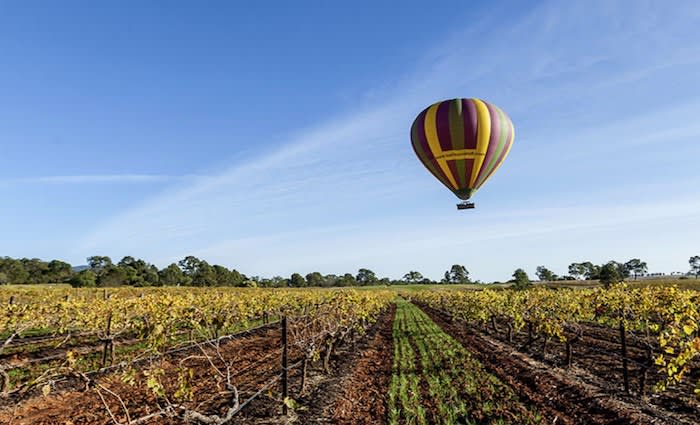Outer ring suburbs, the strengthening regions or previously devastated mining towns? Ryder's choice
Regional areas are out-performing their capital cities in the eastern states.
My research for the new Summer edition of The Price Predictor Index finds that Regional NSW has more growth markets than Sydney, Regional Queensland is out-performing Brisbane and Regional Victoria has more upwardly-mobile markets than Melbourne.
Regional NSW is now the leading market jurisdiction in Australia. It has more growth markets than anywhere else in the nation. The Newcastle region and the Central Coast are the stand-out precincts, but there are strong markets right throughout Regional NSW.
There are some strong growth markets also in the regional areas of Victoria (led by Geelong and Ballarat) and Queensland (the Sunshine Coast and Cairns).
The significant thing about this is that it highlights the great diversity of property markets around Australia – and that while high-profile markets like Sydney are no longer pumping, there are many other places where sales and prices are strong – and others that are just starting their run.
Economists create confusion for consumers by discussing Australia as a single market. But there are major differences among the various capital cities (the performance of Canberra has been quite different to that of Sydney, while Perth has been opposite to Melbourne).
Markets move in cycles but there is not always a single situation for a major city. As we have seen with both Sydney and Melbourne in recent years, a boom cycle often starts in the inner-city and over a period of perhaps three years ripples out from the centre.
Part of the way through the boom phase, the city’s Middle Ring suburbs will be the most active, with the strongest price growth. Late in the cycle it will be the affordable Outer Ring locations that are strongest.
We are currently as that point with the two biggest cities: the LGAs of Hume and Wyndham City are the leaders in Melbourne, while the Camden LGA in the far south-west is the stand-out market in Sydney.
In terms of sales volume in Melbourne, upmarket Hawthorn peaked in late 2013/early 2014; middle market areas like Blackburn and Clayton peaked in late 2014/early 2015 while outer ring locations such as Cranbourne and Broadmeadows hit the high points in 2017.
There are not only major variations of performance within individual cities - but a single municipality within a major city can have diversified markets.
The Price Predictor Index report shows that the Northern Beaches LGA in Sydney has one growth suburb, nine plateau suburbs (sales have levelled off below the peak), one consistency suburb and one danger suburb (serious decline in sales activity).
The City of Sydney has one rising suburb, eight plateau ones, two consistency ones and five classified as danger markets.
This also reinforces a central message: that local conditions dictate property markets, not national factors like interest rates or constraints imposed by regulators.
Another highlight of the report is that locations that have previously featured in the Dirty Dozen section (danger markets to avoid) are now showing up as growth markets.
Primarily these are regional centres strongly impacted by the resources sector. Three striking examples are Dalby in Queensland, Port Hedland in Western Australia and Singleton in NSW.
These markets suffered downturns when a rise in supply coincided with the pause in the resources boom, which impacted on housing demand. Now these places are recovering.
Singleton and Singleton Heights combined have had quarterly sales of 36, 42, 48, 43, 58, 55, 58 and 93 over the past two years, a pattern that charts the recent recovery.
Other examples of this trend include Emerald, Moranbah and Mackay in Queensland; Muswellbrook and Mudgee in NSW; and Karratha in WA.
Despite the signs of improvement, investors should remain cautious of such markets because of their volatile and high-risk nature. But it’s worth noting that even the most devastated markets recover eventually and that a long-term view is needed when buying in such places. They’re not for the feeble-hearted.
Terry Ryder is the founder of hotspotting.com.au
twitter.com/hotspotting
